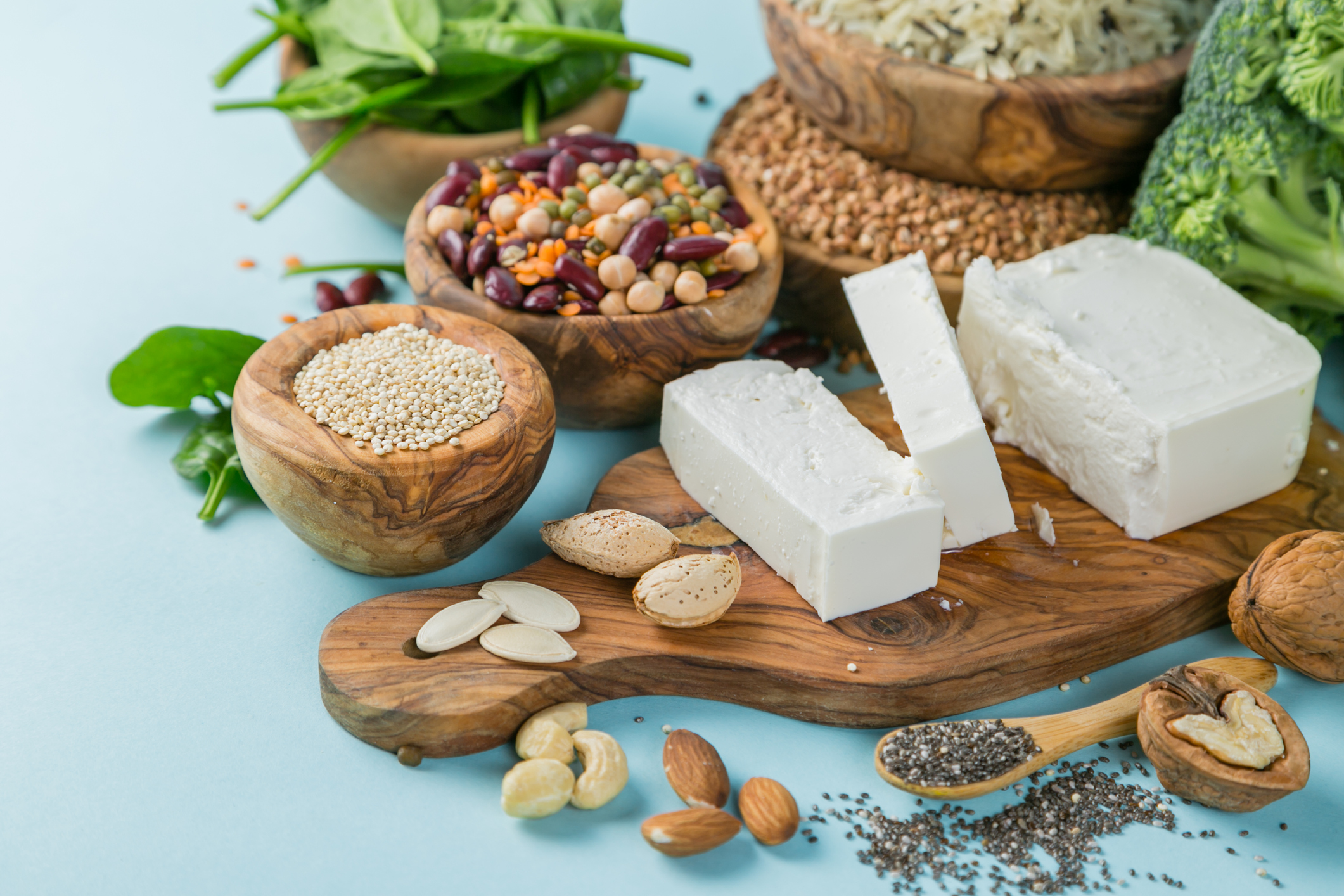Among the dietary challenges of vegetarians and vegans, perhaps none receives more attention than the eternal quest for enough protein. For those following a plant-based diet, it can be quite difficult to compete with the high protein density provided by meat and dairy products, but when you add the need to combine complementary proteins, it can seem almost impossible.
If you’re new to the concept of incomplete proteins, read on. Below we will analyze what they are, how they vary and which ones to combine to complete them.
What are complementary proteins?

Protein pairing is the practice of combining plant-based foods that are lacking or low in one or more specific amino acids, which are the building blocks of protein, to complete your total protein intake. There is 20 different amino acids, but only nine are considered essential. That means your body can’t produce them, so they must be derived from food.
Foods with all nine essential amino acids (EAA) have a high biological value and are considered “complete proteins.” While all animal proteins are complete proteins, few plant foods meet that criteria. But you can still get all your EAAs from plant-based foods by combining them. That is complementation…complementarity…complementiasis…whatever it’s called!
You can think of amino acids as beads on a protein necklace: by stringing different numbers and types of beads, your body can create endless possibilities for tissues, hormones, etc. It is beneficial for you to have as many beads around in case you need them.
Complete versus incomplete plant proteins
You can count the number of complete plant proteins on one finger: currently, soy is the only confirmed complete plant protein, despite conventional wisdom to the contrary. That makes it an ideal protein source for vegans and explains its ubiquity as a meat substitute.
But you can Get all your EAAs from plant sources; it simply requires some dietary balance. Beans (except soybeans), grains, nuts, seeds, and vegetables are incomplete protein sources because they are missing one or more EAAs or do not contain enough of them. But together they can form complete protein profiles.
The handy chart below explains which amino acids are missing from each plant food and what to combine them with to get the nine EAAs. Rice and beans, for example, are a classic example of protein supplementation.
| Food | Missing amino acid | Complementary protein source |
| Beans | methionine | Grains, nuts, seeds. |
| Grain | lysine, threonine | legumes |
| Walnut seeds | lysine | legumes |
| Vegetables | methionine | Grains, nuts, seeds. |
| Corn | tryptophan, lysine | legumes |
Should you consume complementary proteins at the same time?
In the past, simultaneous protein supplementation was recommended, but now it is generally believed that you can consume them on approximately the same day. “Vegetarians and vegans don’t need to worry about supplementing foods at every meal. Just opt for a well-balanced diet,” advises Maguire.
How to combine complementary proteins

Even after reading this, the bean counters (see what we did there?) among us may still want to pair complementary proteins anyway. If this simplifies your protein accounting efforts, complementary protein combinations appear naturally in many traditional cuisines:
- Beans and rice
- Wheat bread and peanut butter
- Hummus and pita
- Tortilla chips and bean dip
- Oats and almonds
- Barley with lentil soup
Clearly, there are many delicious combinations of complementary proteins. Here are three rules of thumb for those considering protein supplementation:
1. Choose foods rich in protein
If you’re following a calorie-restricted diet, it’s a good idea to choose higher-protein plant-based foods (nuts, seeds, beans, tofu, etc.) to ensure you meet your daily needs without blowing your calorie budget. (You should still eat avocado, mushrooms, oats, spinach, broccoli, and kale; they all contain protein, but not much.)
You also get fiber without packing on the calories. Everyone wins.
2. Eat a variety of plant-based proteins.
The more varied your diet is, the less important protein supplementation will be. On a tight budget, variety can be a struggle. In that case, combine some protein-rich foods whose amino acid profiles complement each other (see chart above).
3. Eat complete proteins
Eggs, Greek yogurt, cottage cheese, and low-fat milk can increase protein intake for some vegetarians. They clearly won’t work for vegans, who can instead take advantage of organic soy-based foods like tempeh, tofu, and edamame.
Why it’s harder for vegetarians and vegans to get enough protein
A diet rich in protein is highly appreciated among very active people because proteins improves recovery and promotes performance. Consumer protein after exercise It also helps stimulate muscle growth and build strength. And if you reduce calories by weightlossA protein-rich snack can help stave off hunger and preserve muscle mass even while you lose weight.
As expected, vegetarians and vegans eat less protein than omnivores. And as a group, athletic individuals need more protein than the general population. “It is common to recommend that vegan and vegetarian athletes eat 10 percent more protein than non-vegetarian athletes,” says Krista Maguire, RD, senior nutrition manager at BODi.
This is because plant proteins generally score lower in digestibility than their animal counterparts. Therefore, vegetarians and vegans must make smart protein choices to get enough nutrients to reach their dietary and fitness goals.








